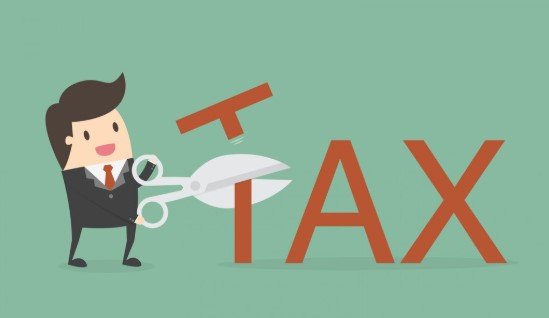Managing taxes wisely is an important part of financial planning. With new income tax rules and investment opportunities evolving each year, understanding how to save tax in India can help individuals maximize returns and build long-term wealth. As 2026 approaches, choosing the best investment plans not only reduces tax liability but also supports financial security and growth.
Understanding Tax Saving in India
In India, tax-saving is primarily done through deductions and exemptions allowed under the Income Tax Act, 1961. The most popular sections that help reduce taxable income include:
-
Section 80C: Allows deductions up to ₹1.5 lakh for specific investments and payments.
-
Section 80D: Covers health insurance premiums.
-
Section 80CCD(1B): Offers additional deduction for NPS contributions.
-
Section 24(b): Provides deduction on home loan interest.
By using these sections strategically, taxpayers can lower their total tax outflow and still invest in profitable instruments.
Best Investment Plans for 2026
Here are some of the most effective and reliable tax-saving investment options that also help you build wealth over time:
1. Equity Linked Savings Scheme (ELSS)
ELSS funds are mutual funds that invest primarily in equity markets. They offer tax benefits under Section 80C, with a lock-in period of just three years—the shortest among all 80C options. These funds have potential for higher returns, making them one of the best investment plans for 2026 if you can tolerate moderate market risk.
2. Public Provident Fund (PPF)
A long-term, government-backed savings option, PPF provides tax deductions under Section 80C. The interest earned is tax-free, and the account has a 15-year maturity period. It’s suitable for those looking for safe and stable returns while saving tax.
3. National Pension System (NPS)
NPS is ideal for individuals planning for retirement. It offers deductions under Section 80C and an additional ₹50,000 under Section 80CCD(1B). The returns are market-linked and generally higher than traditional savings instruments.
4. Life Insurance Policies
Premiums paid for life insurance are eligible for tax deductions under Section 80C. Moreover, the maturity proceeds are tax-exempt under Section 10(10D) (subject to certain conditions). Choosing the right plan offers both protection and tax benefits.
5. Fixed Deposits (Tax-Saving FDs)
Banks offer 5-year tax-saving fixed deposits that qualify under Section 80C. These provide guaranteed returns and are a good choice for investors who prefer low-risk options with predictable income.
6. Unit Linked Insurance Plans (ULIPs)
ULIPs combine insurance coverage and market-linked returns. The premiums qualify for deductions under Section 80C, and the maturity amount may be exempt under Section 10(10D). ULIPs are suitable for those who want dual benefits—investment and protection.
7. Sukanya Samriddhi Yojana (SSY)
For parents with a girl child, this scheme offers one of the highest interest rates among small savings plans. Contributions qualify under Section 80C, and the interest and maturity amount are fully tax-free.
8. Employee Provident Fund (EPF)
For salaried individuals, EPF is a mandatory saving tool that also provides tax advantages. Both employer and employee contributions grow tax-free, and withdrawals after five years are exempt from tax.
Additional Tax-Saving Tips
Apart from investing, there are other effective ways to save tax in India:
-
Claim health insurance deductions (Section 80D) for yourself, spouse, children, and parents.
-
Deduct home loan interest (Section 24) up to ₹2 lakh per year.
-
Contribute to charity (Section 80G) for eligible institutions and NGOs.
-
Invest in education—claim deductions for tuition fees under Section 80C.
These small but impactful actions can significantly reduce your taxable income.
Building a Smart Investment Strategy for 2026
When selecting the best investment plans for 2026, it’s important to balance risk, return, and liquidity. Here’s how to do it:
-
Combine market-linked instruments like ELSS and NPS with fixed-return products like PPF and FDs.
-
Review your investments annually to ensure they align with your financial goals.
-
Use digital tools or consult a certified advisor for tax planning and portfolio optimization.
Remember, the goal is not just to save tax but also to create long-term wealth through disciplined investing.
Final Thoughts
Understanding how to save tax in India and choosing the best investment plans for 2026 can make a big difference in your financial future. With options ranging from ELSS funds and PPF to NPS and ULIPs, every individual can find an investment that fits their goals and risk appetite.
By planning early, staying informed about tax laws, and diversifying your portfolio, you can ensure both financial growth and tax efficiency in the coming years.
